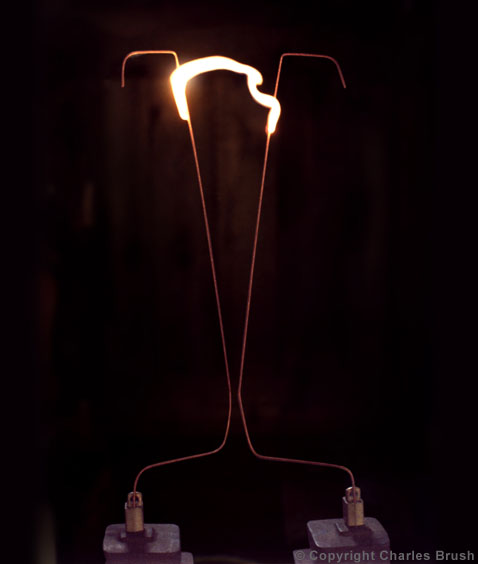Decim
On again, off again lurker.
- Location
- St. Louis, MO
That actually has a good bit of truth to it. If I remember correctly, the last big limitation on deploying railguns by the USN was rail life. Specifically, they can get around 400 shots out of a set of rails before needing to be replaced.* One of the ways that the engineers found could extend it was to inject inert gas into the breech of the gun, propelling the projectile into the barrel, which would decrease the amount of wear on the early portions on the barrel. I'm not sure how smokeless powder would effect that though. Hmm, food for thought.Obvioulsy, Impaler is gauss-boosted weapon instead of pure gauss cannon, to improve efficiency.
At lease, Impaler that used that case.
*As a side note, for most people, 400 shots would be more than enough, but the USN wants 1000. Although, this number was from a Congressional budget hearing in 2014, so it's probably higher now.
Most of the technical issues regarding railguns have actually been solved at this point. The biggest things preventing deployment is barrel life, as mentioned already, and having a sufficient amount of electrical power available to fire the rail gun at a rate of ten rounds per minute. The second one is a particularly thorny problem that ensures that the Zumwalts are really the only ship that can feasibly mount the things and fire them at the maximum rate. We only have three of them. Land-based artillery installations would work, but would be horrifically vulnerably to counter-battery fire. Alas, the age of the missile has not yet ended.If I remember right, there's a serious issues with recoil and other problems for our current railguns.

